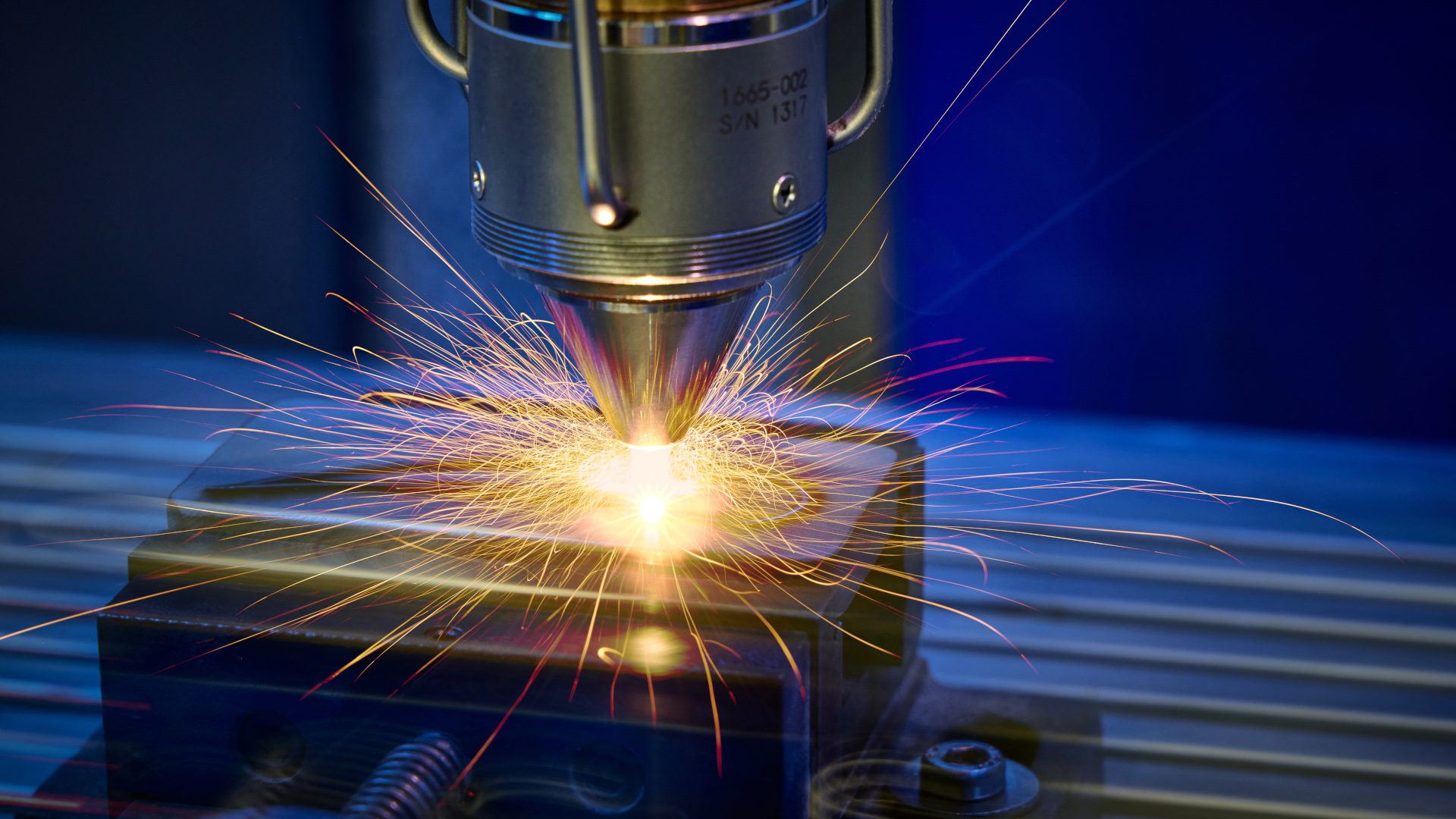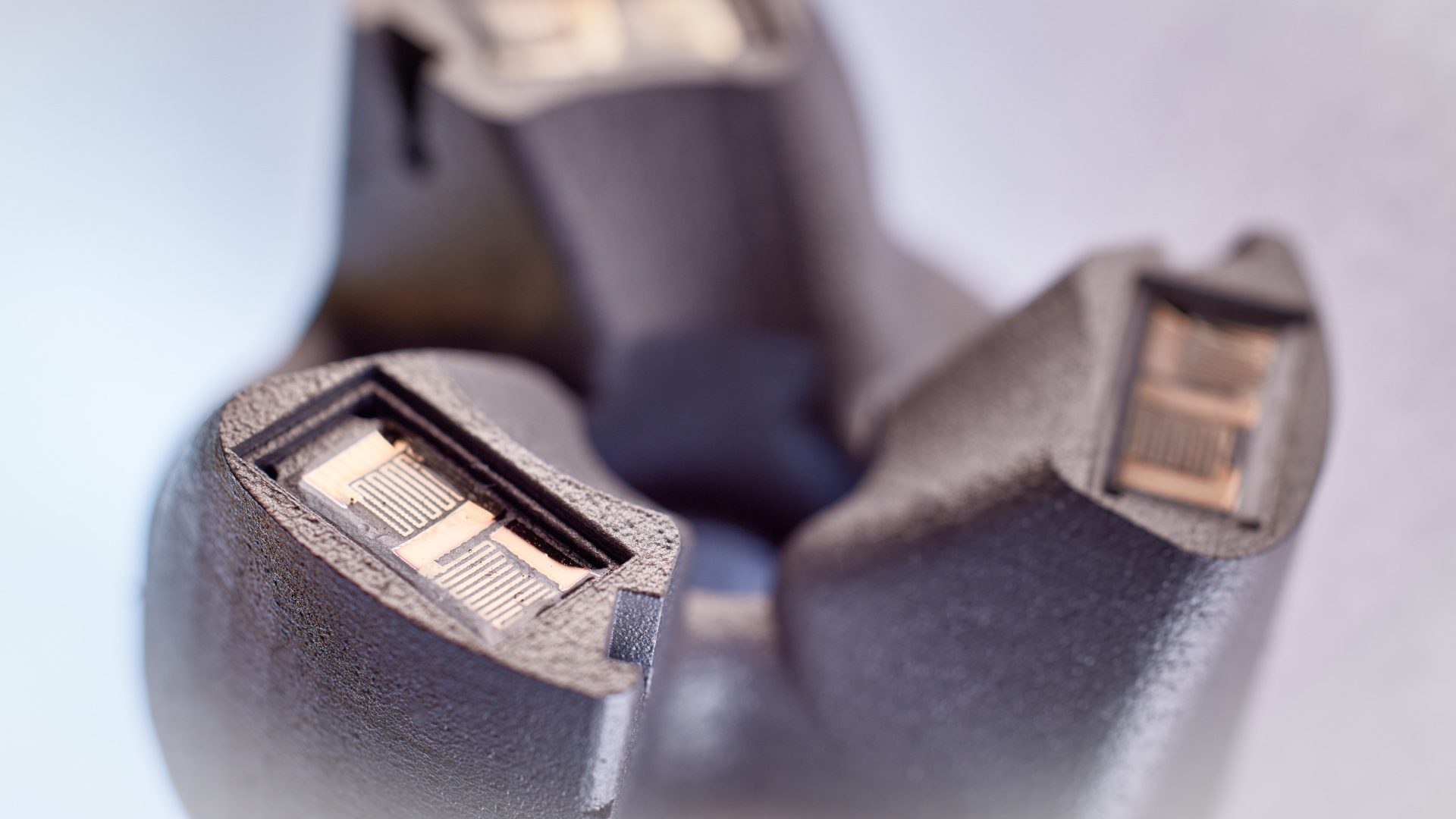Additive Manufacturing
Additive Manufacturing enables engineers to meet the highest demands placed on design and material properties for individualized or complex components. Laser-based processes prove to be very advantageous here since they can be flexibly adapted to the layers and materials to be generated and are, at the same time, productive and save on resources.
Since the mid-1990s, Fraunhofer ILT has been advancing Additive Manufacturing – especially of metallic components –with Laser Powder Bed Fusion (LPBF) or powder or wire-based Laser Material Deposition (LMD). The institute focuses on optimizing economic efficiency by looking at the process chains in their entirety, from component design to process control and systems engineering all the way to finishing.
Laser Powder Bed Fusion makes it possible to manufacture complex functional components economically while using resources efficiently. Since it can create components with geometric features that cannot be made with conventional manufacturing, the process has a number of advantages and is suitable for applications in various industries such as turbomachinery, aerospace, automotive and medical technology. Fraunhofer ILT focuses on developing innovative geometry-adapted exposure concepts and systems engineering as well as function-adapted application components and their industrial process chains. In addition to LPBF, the institute’s competence area is involved in process and system development for the laser-based production of functionally adapted polymer components using selective laser sintering (as part of a cooperative research group with the Aachen University of Applied Sciences – FH Aachen).
 Fraunhofer Institute for Laser Technology ILT
Fraunhofer Institute for Laser Technology ILT
